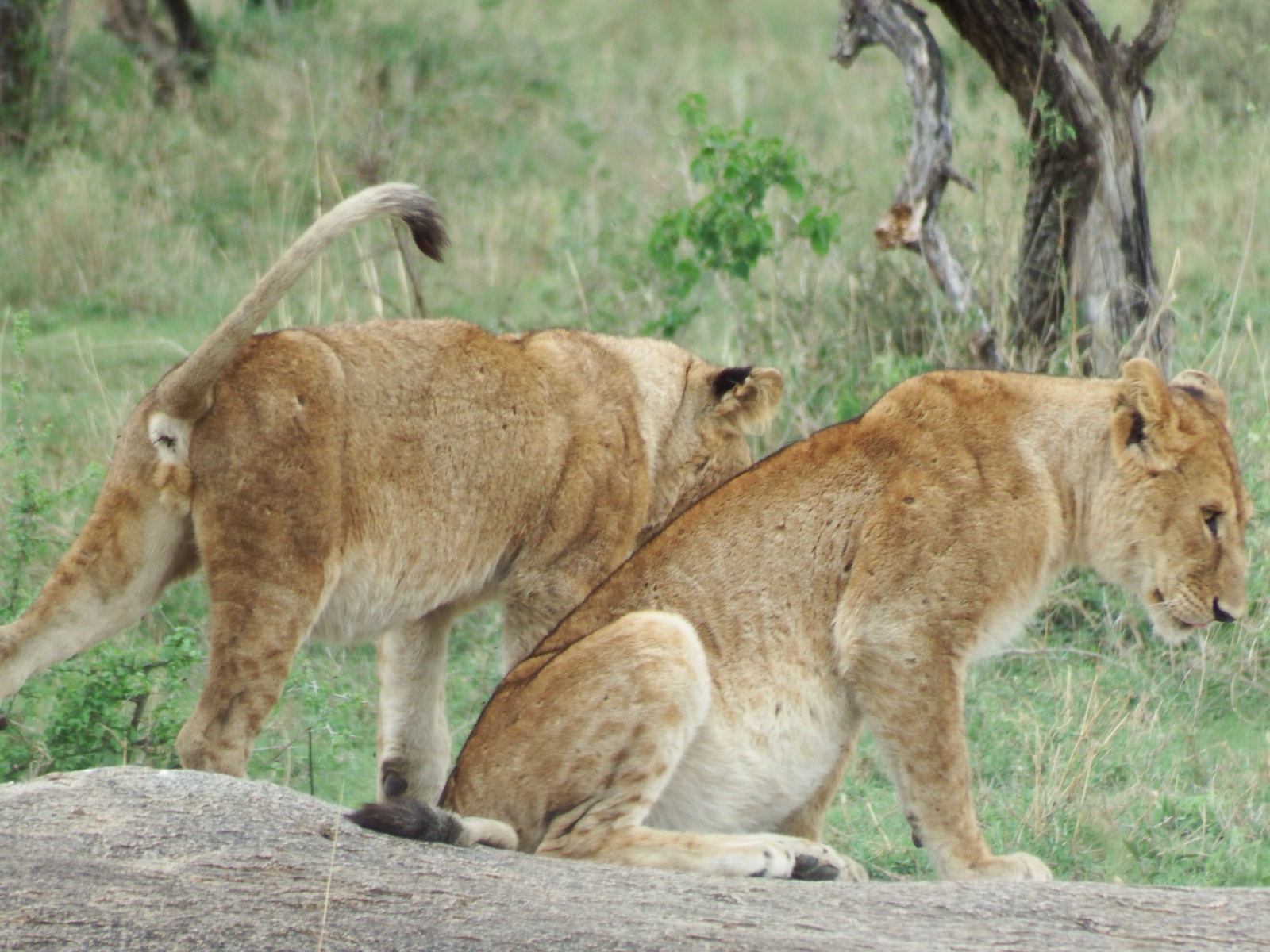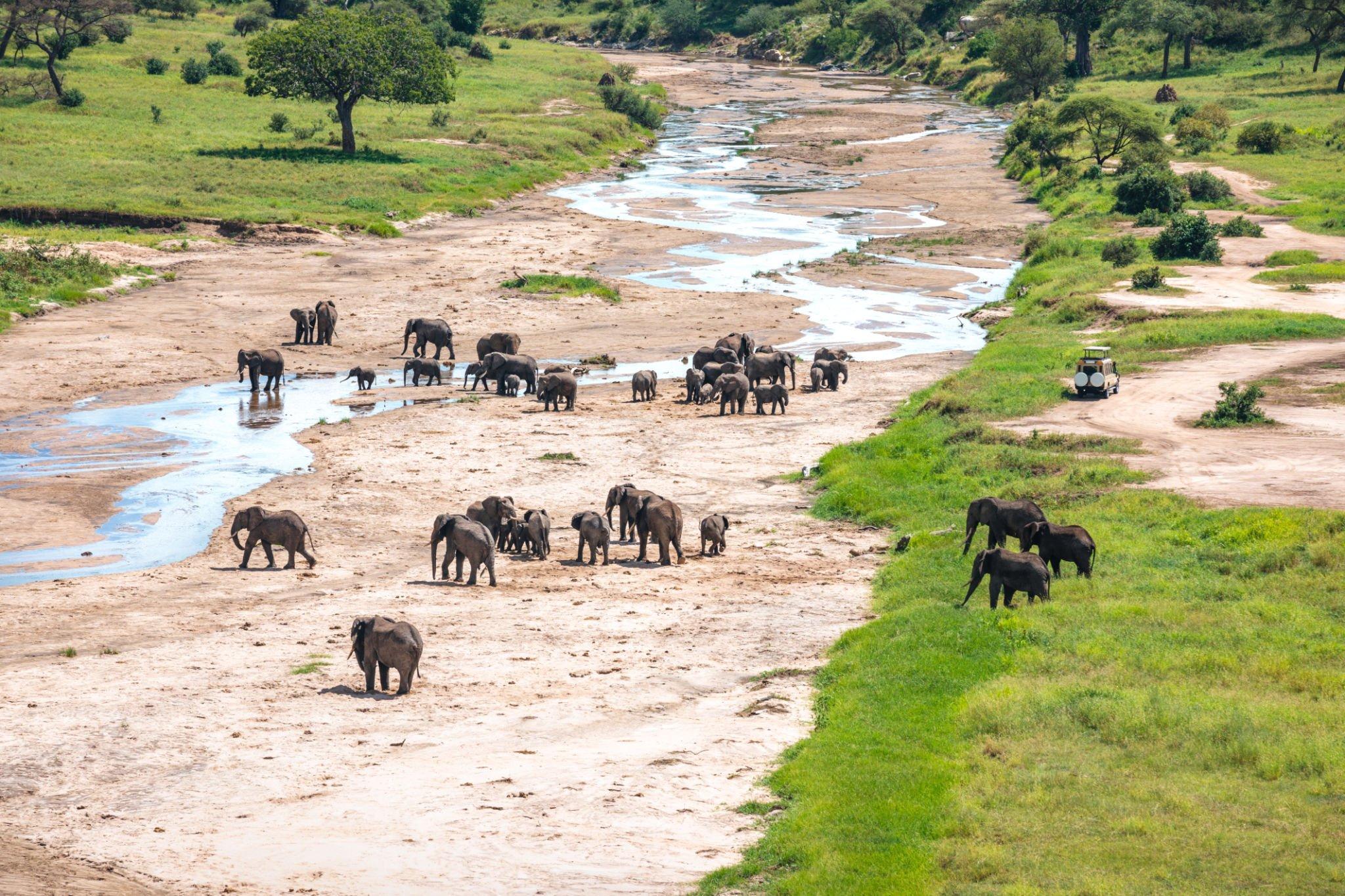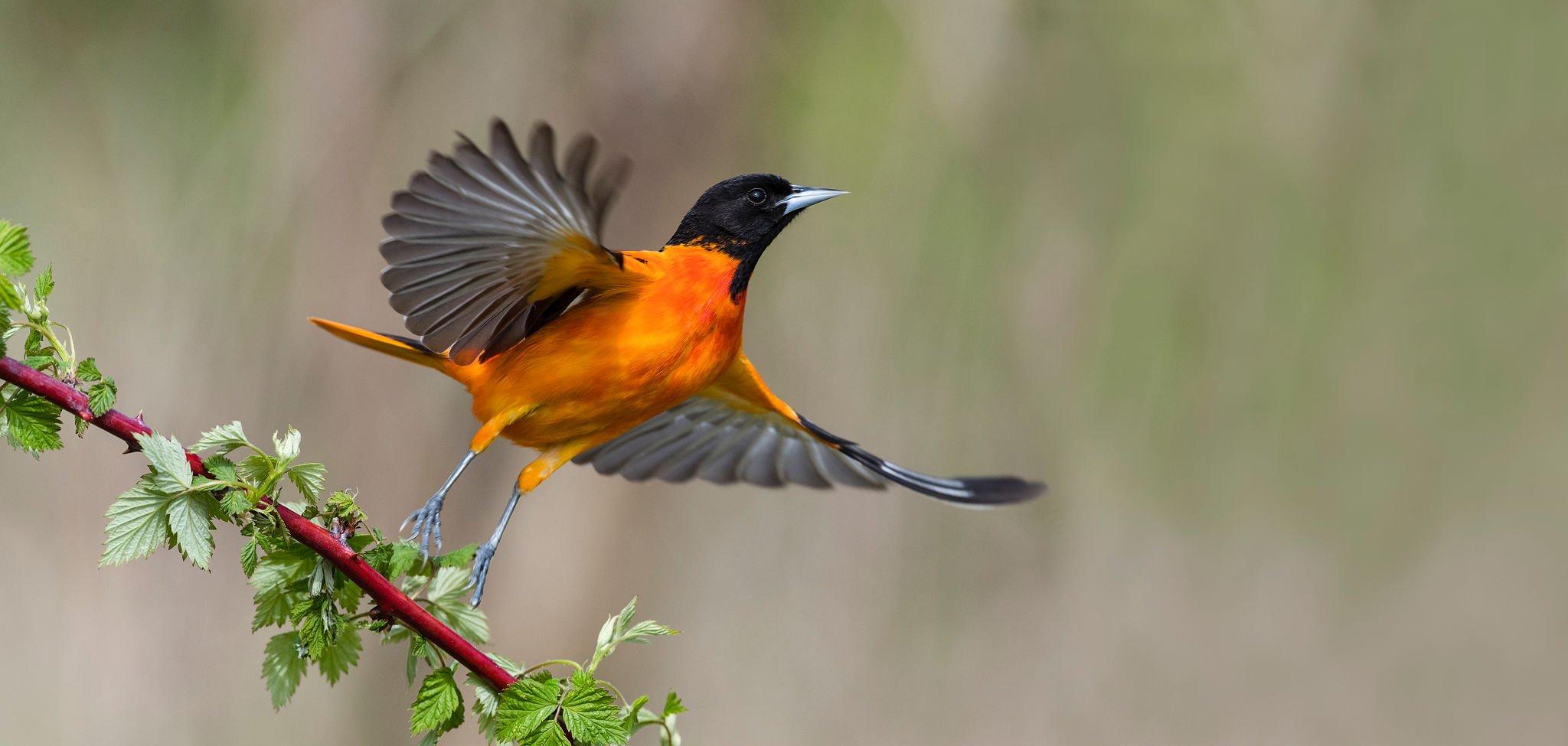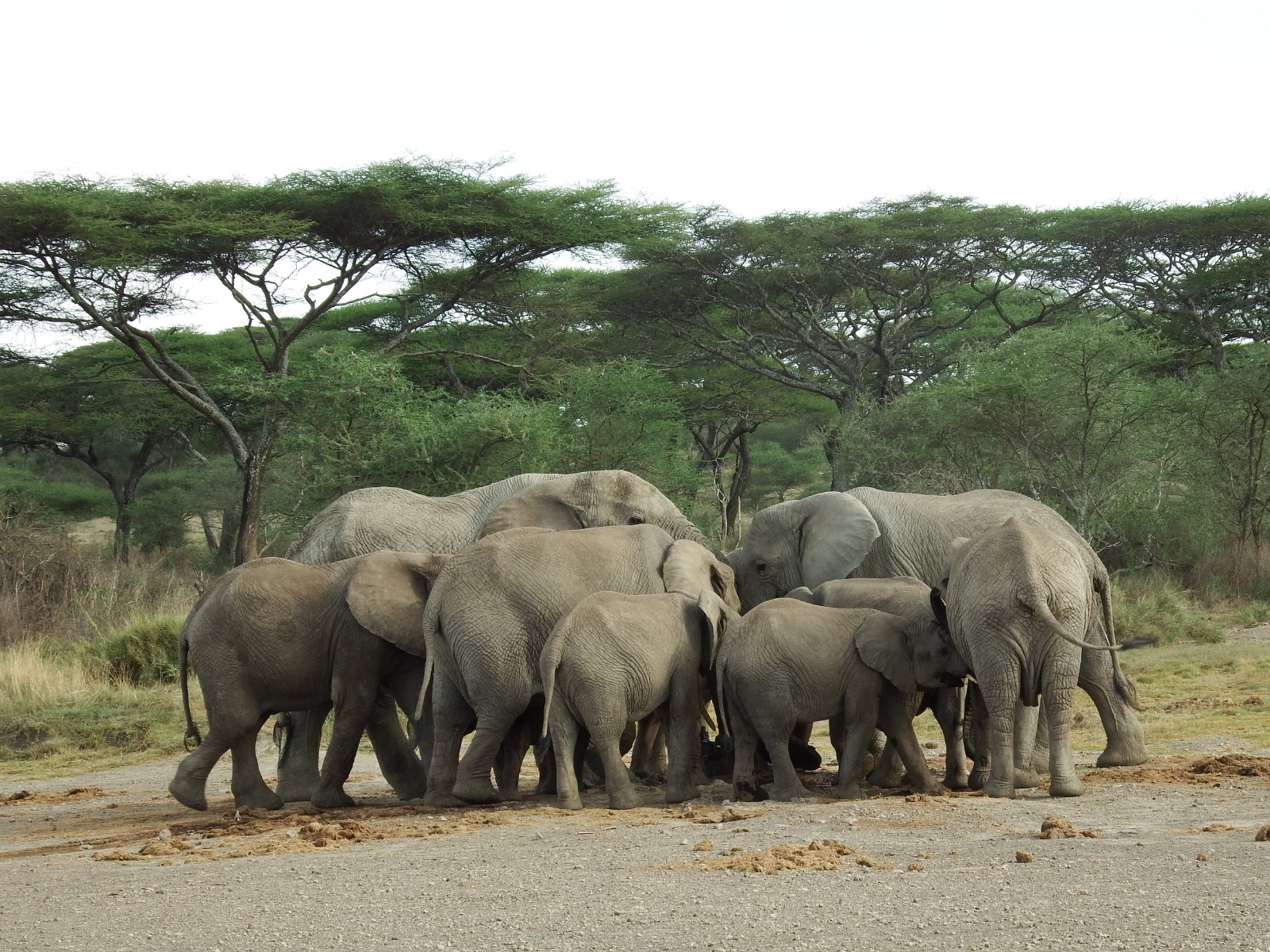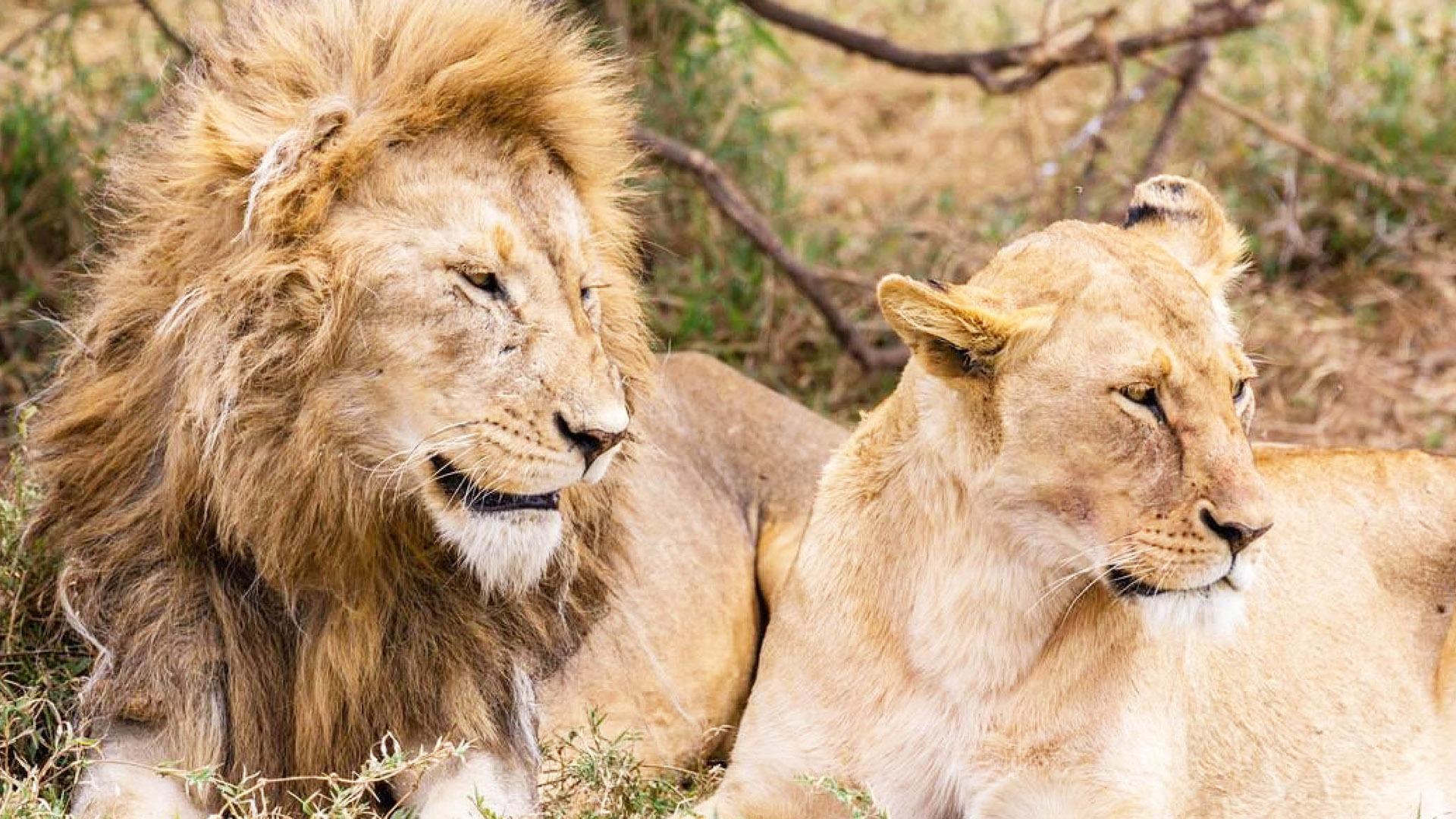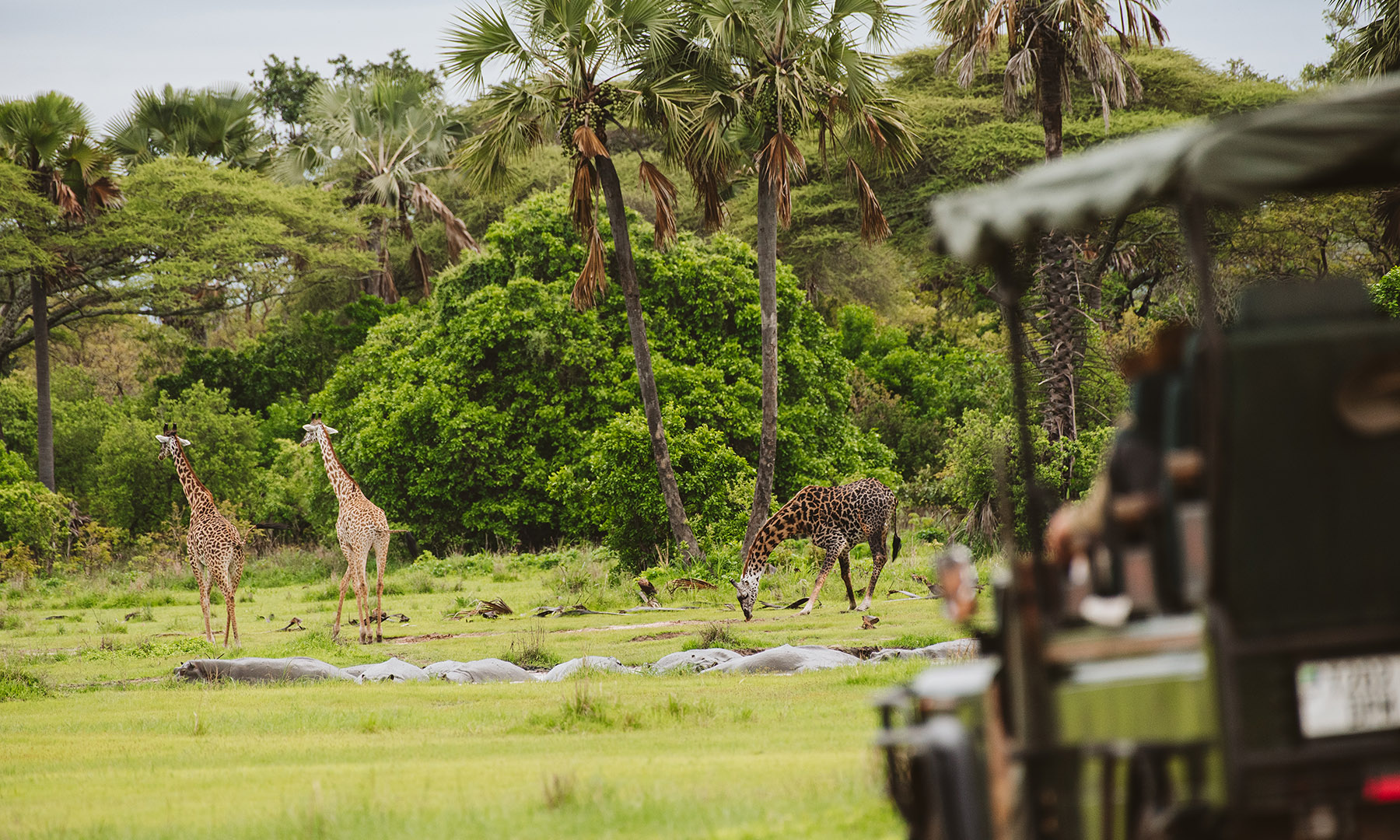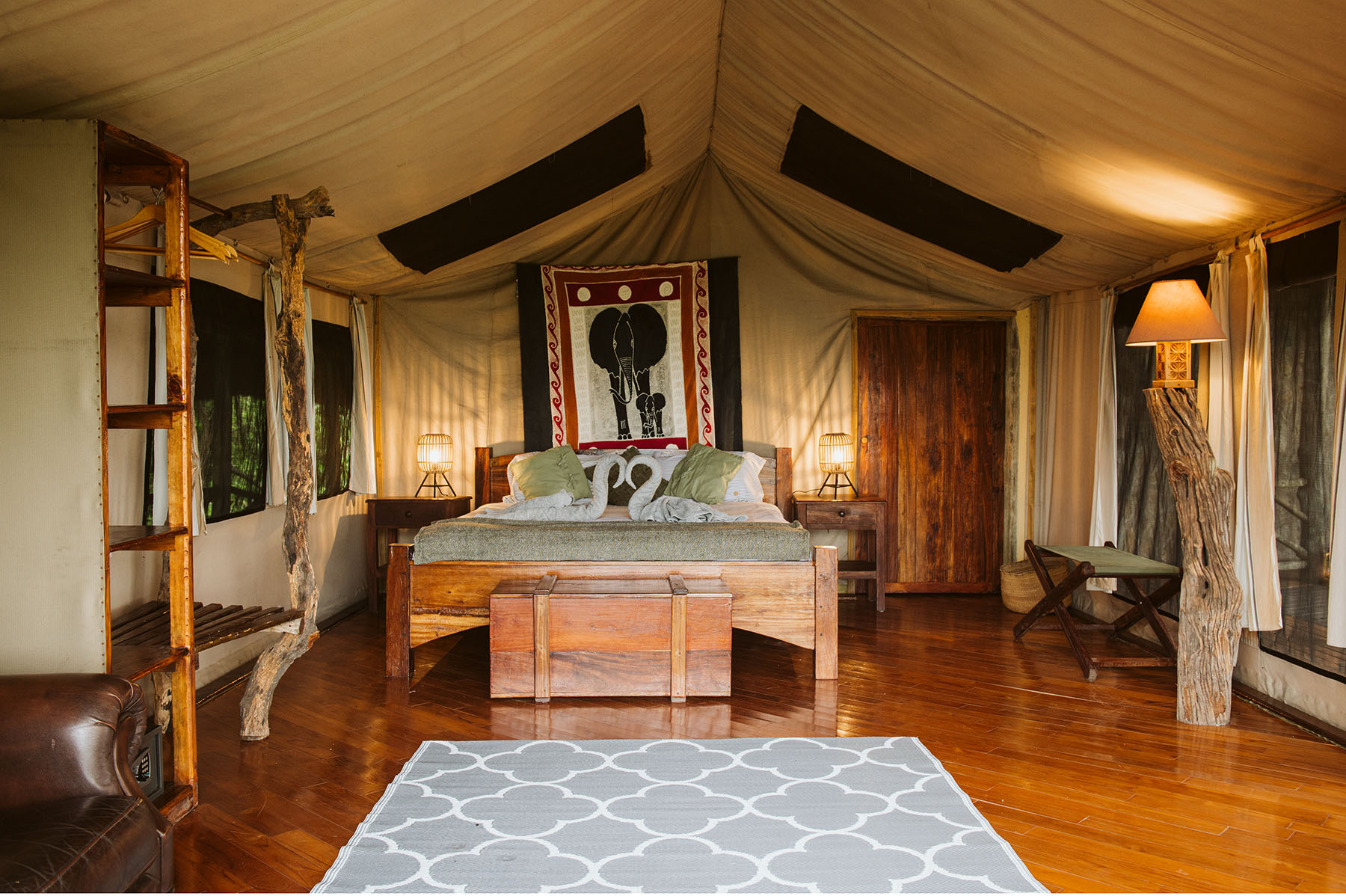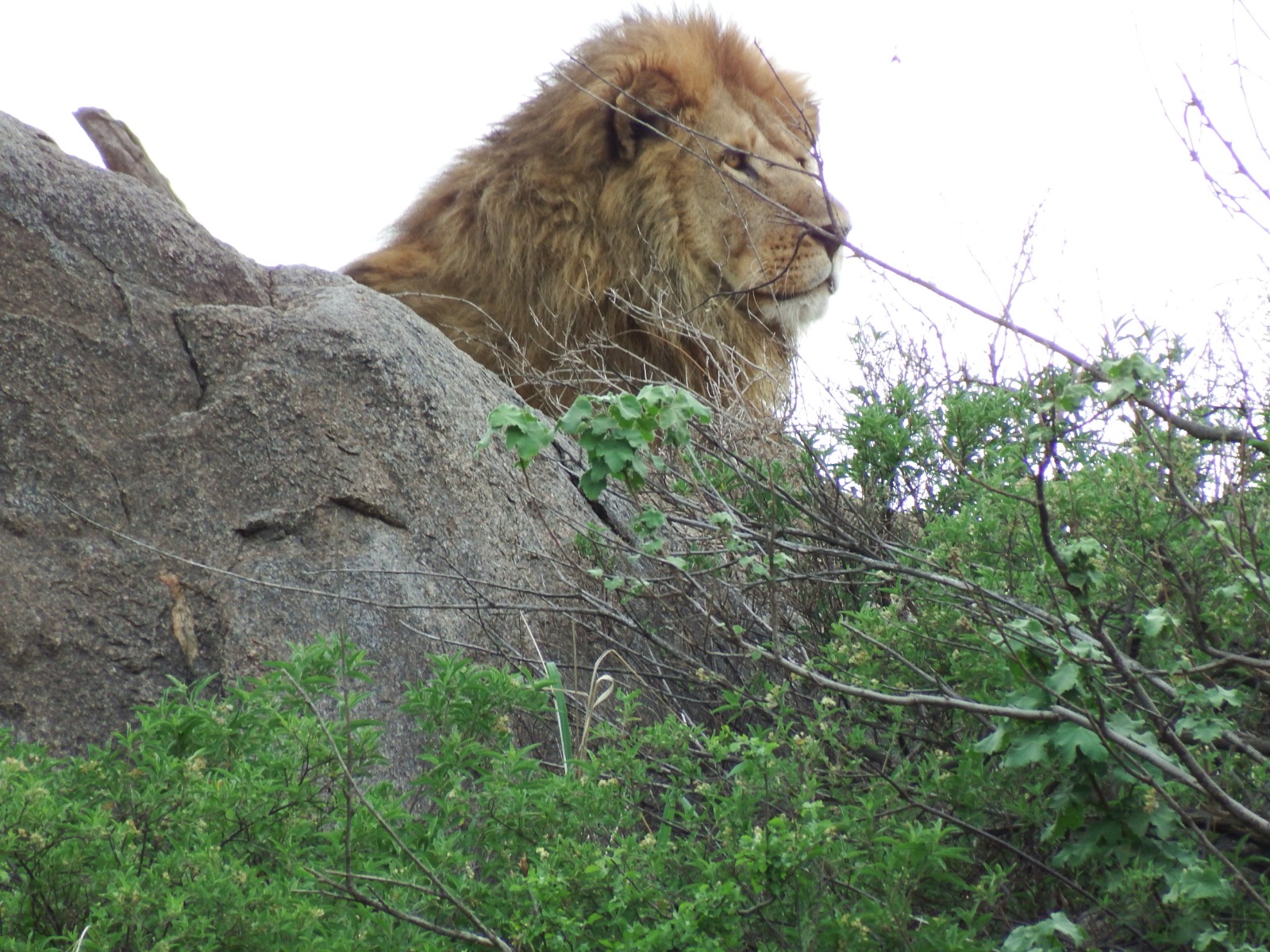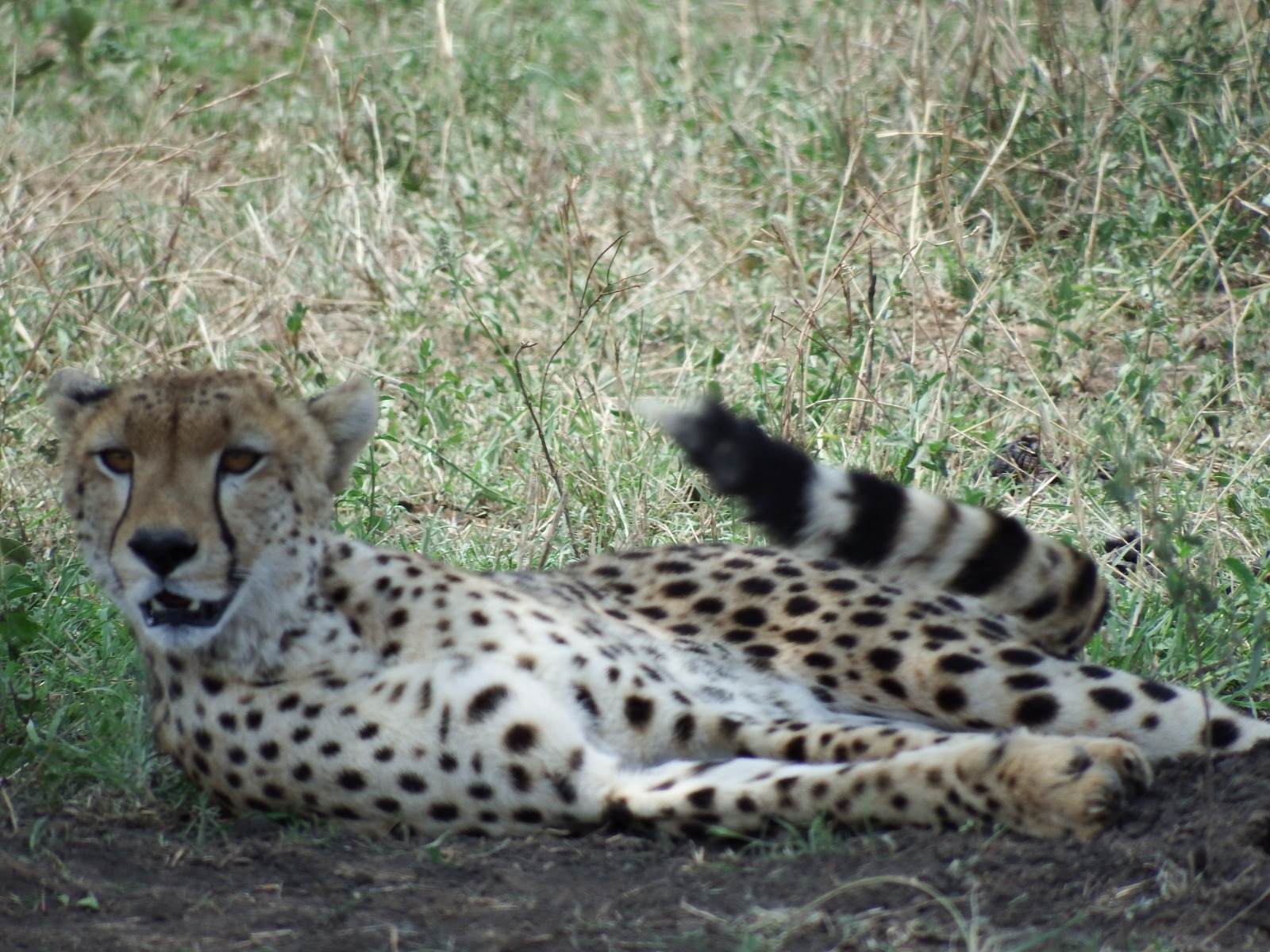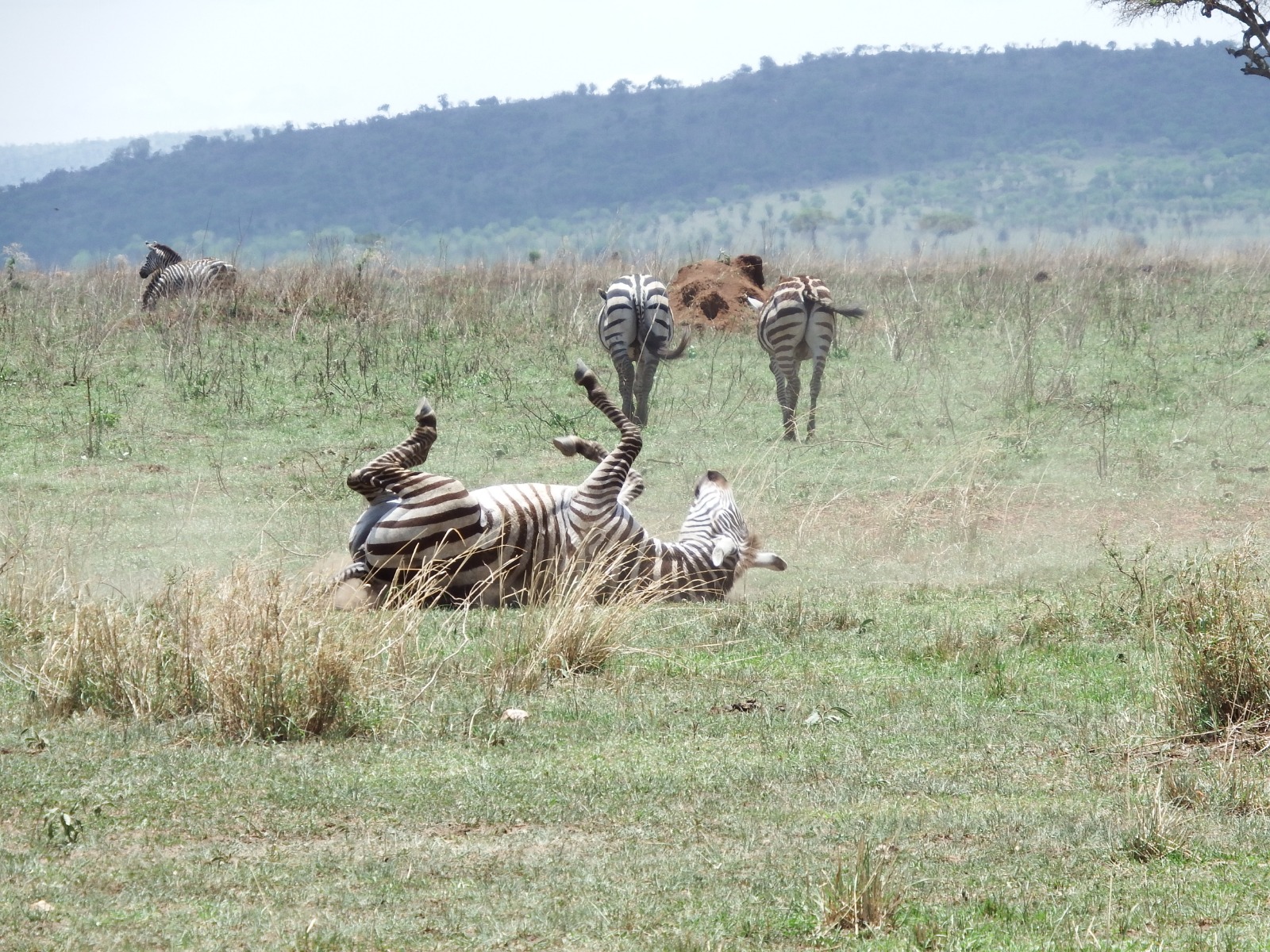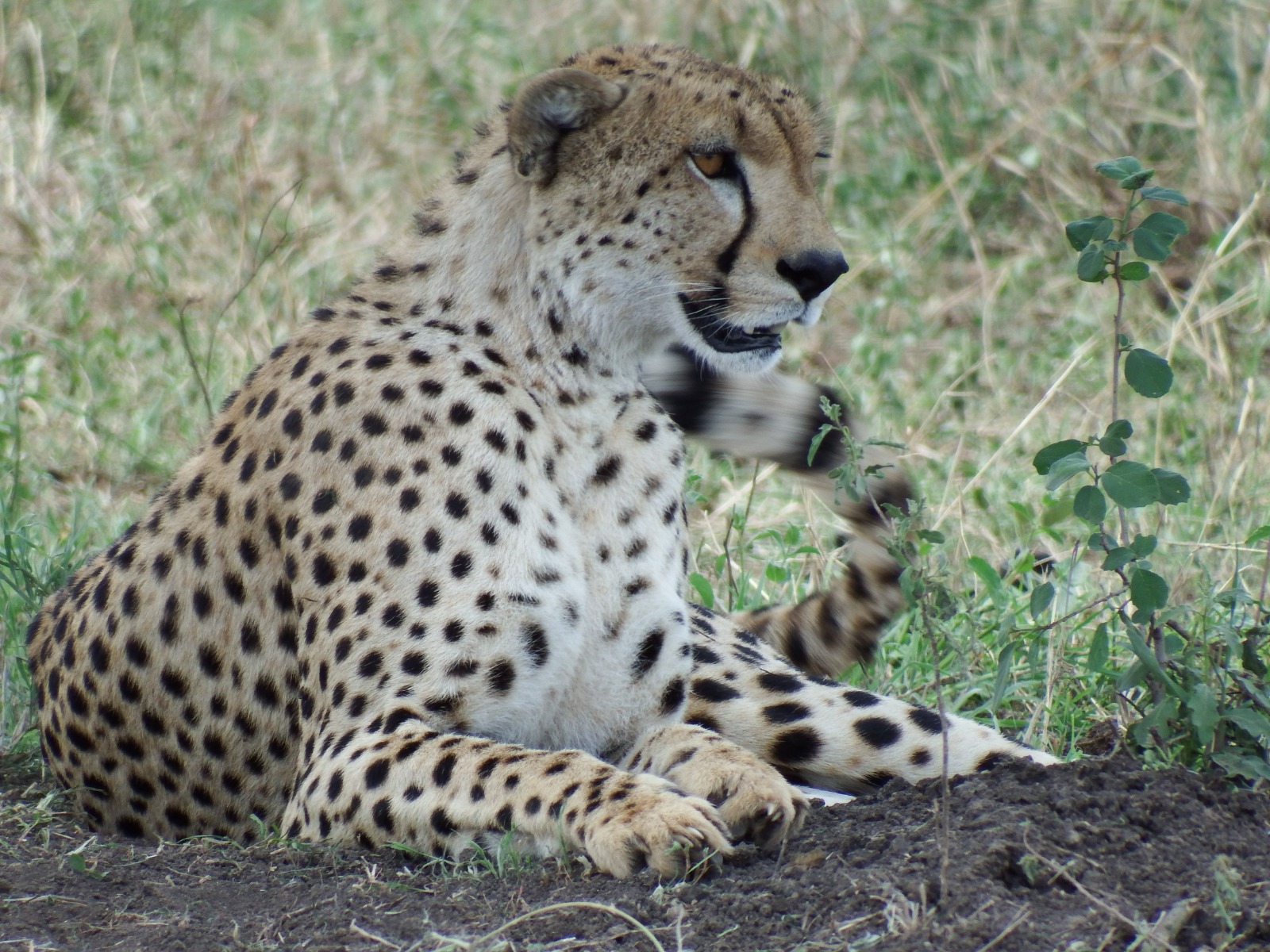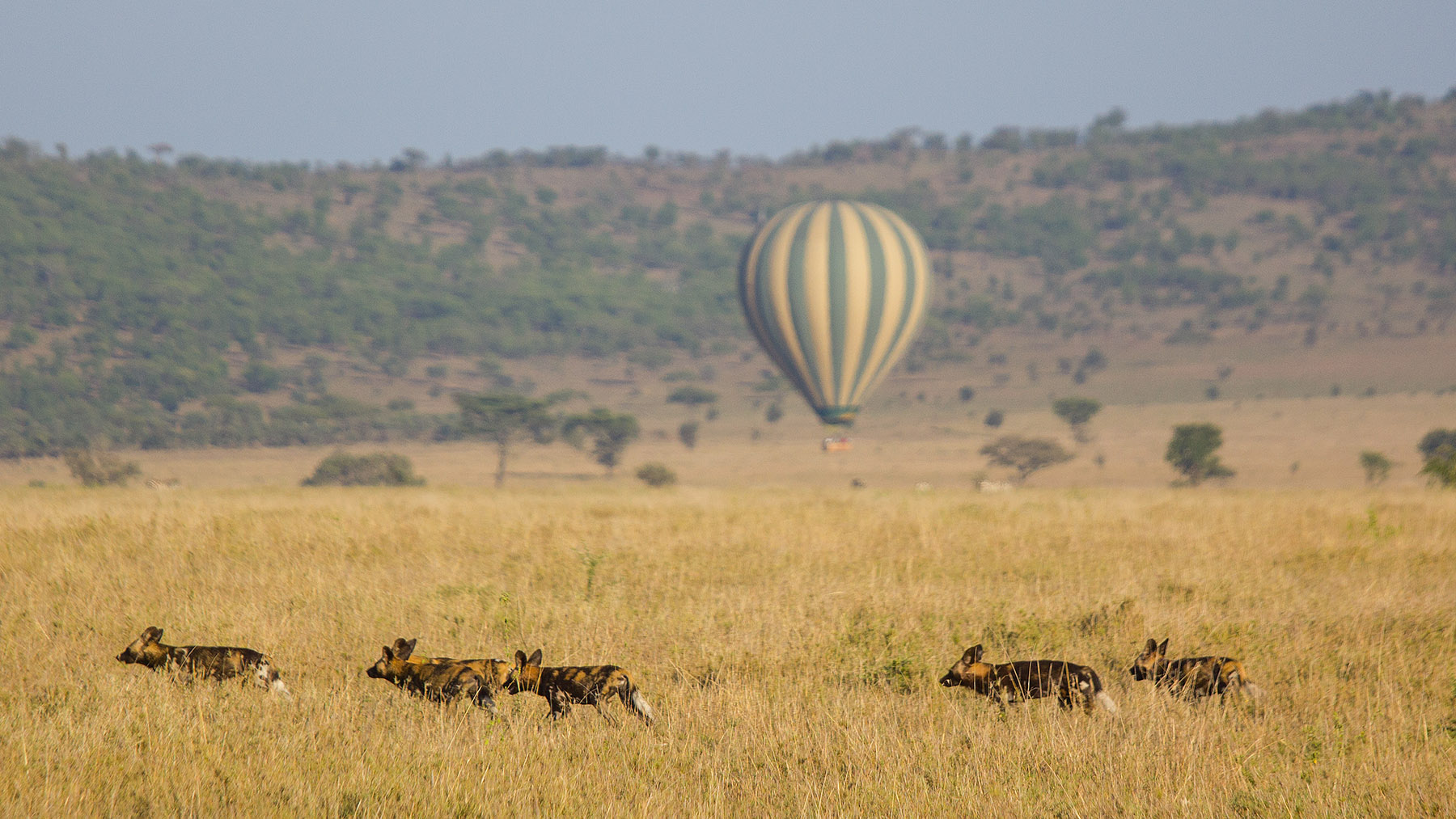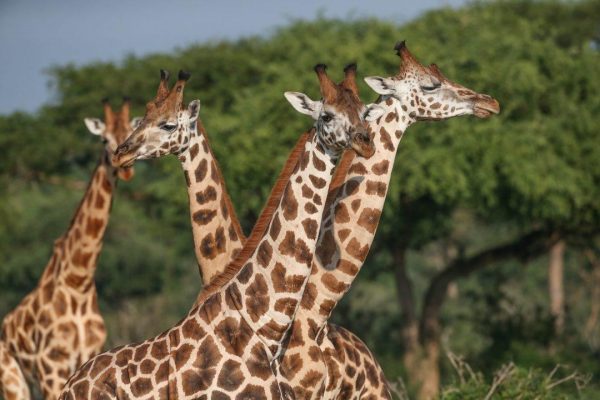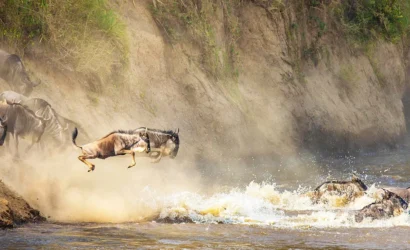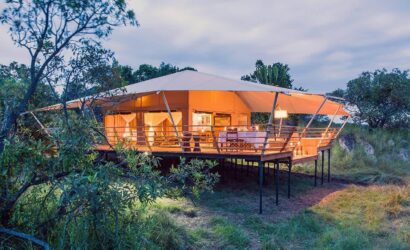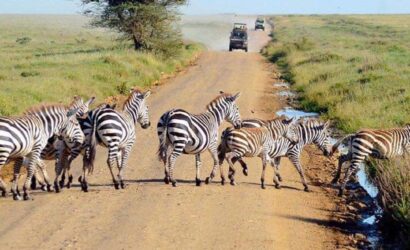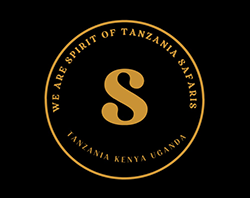TARANGIRE NATIONAL PARK & NGORONGORO CRATER
-
4x 4 Land cruiser
-
Mid Range Hotels and Camps
-
Arusha
-
July , August , September, December; January , Februaty
-
Game Drive
-
All meals
-
English, Spanish, French, Chinese
-
2-15
-
12
-
65
Visit
TARANGIRE NATIONAL PARK & NGORONGORO CRATER
Overview
This 2-day Tanzania safari is a condensed and high-impact adventure, perfect for travelers with limited time who still want to experience the best of the country’s wildlife. This tour takes you to two of the Northern Circuit’s most celebrated parks: Tarangire and Ngorongoro. You’ll move efficiently from the baobab-filled plains of Tarangire, known for its massive elephant herds, to the unique, wildlife-dense Ngorongoro Crater, the world’s largest intact volcanic caldera. This safari is an excellent way to see a huge variety of animals, including a high chance of spotting the “Big Five,” all while maximizing your time in Tanzania.
Highlights
- Witnessing the enormous concentration of elephants, often seen in herds of up to 300 individuals.
- The stunning scenery featuring iconic baobab trees and sprawling grasslands.
- High chances of spotting lions, leopards, and diverse birdlife.
- Experiencing the sheer scale and beauty of the "endless plains."
- Searching for the "Big Five" (lion, leopard, elephant, buffalo, and black rhino).
- Descending into the Ngorongoro Crater, the world's largest intact volcanic caldera.
Itinerary
You will be picked up from your accommodation in Arusha and drive further through the Masai Steppe
via Makuyuni Junction and over down to the Tarangire National Park. This is now the fifth largest park,
of all parks in Tanzania, and the Tarangire National Park is dotted with amazingly big Baobab trees and
the extraordinary large herds of elephants; Tarangire is quite a place not to miss while on your African
safari to Tanzania if you are a lover of the jumbos or other general large game. The park is home to
many animal species and some rare breeds like the Oryx and hirolas, and some rare bird species. You
will stay overnight inside the park.
After an early morning breakfast at your camp at sunrise, you will check out and drive towards the Ngorongoro Crater, also known as the 8th Wonder of the world. When you arriv,e you will register at the
Loduare Main Gate then you descend into the Crater for a wonderful game drive (with a picnic lunch on
the crater Floor. Ngorongoro Crater is often described as one of the wonders of the world. The ‘Crater’ (not actually a crater) is the world’s largest intact volcanic caldera and a known natural sanctuary for some
of Africa’s densest animal populations. This is also one of the few places in the world where the rare black rhino can be observed in its natural habitat. As very few animals migrate in and out of the crater
with its 2000 ft. high walls, you can expect to see lions, elephants, zebras, hippos, flamingos, jackals,
rhinos, antelopes, many birds, and other species. With a bit of luck the Big 5 can be spotted during one
game drive only with the help of your hawk eyed safari guide. Later in the afternoon, you will ascend to
the Crater rim and head to Arusha.
Cost
The Cost Includes
- Transportation in a 4×4 safari vehicle
- Professional, English-speaking guide
- Overnight accommodation according to the itinerary
- Meals according to the itinerary
- Mineral water
- All mentioned activities
- All national park fees
The Cost Excludes
- International Flights
- Optional activities
- Alcoholic and soft drinks
- Visa fees
- Tips
- Personal spending money for souvenirs etc.
- Travel insurance
- Tipping suggestion $10 a day per vehicle. The tip should be handed to the driver/guide at the end of the
- trip
FAQs
The best time to visit for this itinerary is during the dry season, from June to October. The weather is cool and dry, and the vegetation is thinner, making it easier to spot wildlife. This period also coincides with the Great Wildebeest Migration in the Serengeti, a truly spectacular event. The “green season” (November to May) offers lush, scenic landscapes, excellent bird-watching opportunities, and is the calving season for wildebeest, but can also be rainy.
The cost of a Tanzania safari varies widely based on the level of comfort, accommodation type, and whether it’s a private or group tour. On average, a 7-day safari like this can range from approximately $200 per person per day for a budget-friendly camping safari to over $1,500 per person per day for a high-end luxury safari. These costs typically include park fees, accommodation, meals, and a vehicle with a guide.
Pack light and use a soft-sided duffel bag, as safari vehicles have limited space. Essential items include:
-
Clothing: Neutral-colored, lightweight clothes (khaki, tan, brown) to blend in and avoid attracting insects like tsetse flies. Pack long-sleeved shirts and pants for sun protection and cooler evenings. A warm jacket or fleece is essential for early morning game drives.
-
Footwear: Comfortable, sturdy closed-toe shoes or boots for walking, and sandals for evenings.
-
Essentials: A wide-brimmed hat, sunglasses, sunscreen, and a high-quality insect repellent.
-
Electronics: A good camera with a powerful zoom lens, extra batteries, memory cards, and a universal travel adapter.
-
Health: Any personal medications, a basic first-aid kit, and anti-malarial medication (consult your doctor).
Most non-Tanzanian citizens require a visa to enter the country. You can apply for a visa online through the official Tanzanian Immigration website or obtain a visa upon arrival at major entry points like Kilimanjaro International Airport. It is highly recommended to apply for your visa in advance to save time upon arrival. A single-entry visa is valid for up to three months.
Yes, a safari in Tanzania is very safe, especially when booked through a reputable tour operator. Guides are highly trained professionals who know the parks and animal behavior, and they will ensure your safety throughout the trip. While petty crime can occur in major cities like Arusha, it is rare in the national parks. Always follow your guide’s instructions, stay in the safari vehicle unless told otherwise, and take common-sense precautions with your valuables.
Accommodation options range from budget-friendly public campsites to comfortable mid-range lodges and luxurious tented camps. The lodges and tented camps offer a blend of comfort and immersion in nature, with amenities often including private bathrooms, comfortable beds, and full-board meal plans. All reputable accommodations prioritize safety and cleanliness.
Yes, most safari vehicles and lodges have charging points. It’s a good idea to bring a universal travel adapter and a power bank for additional peace of mind, especially for remote camps.

